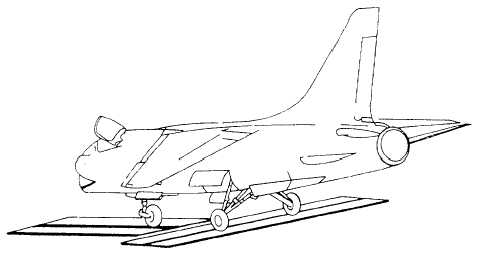Figure 3-19.—Stationary pit-type scales.
of gravity of aircraft (as well as wheeled vehicles and
cargo loads). The complete system is portable and
includes a trailer for storage and transport, or it is
mounted on a single 88- by 108-inch pallet. Typical
installation setup time by two men is 30 minutes.
HEAVY-DUTY PORTABLE SCALES.—This
system is designed to provide weight only. Wheeled
vehicles and cargo may also be weighed on these scales.
The complete system is portable and completely
self-contained. Platform size is small, but it may be
increased by connecting two scales with a factory
provided charnel. Because of the small platforms, you
must exercise care when using this system. Typical
installation setup time by two men is 10 minutes.
STATIONARY PIT-TYPE SCALlES.—Most of
the large scales are of the stationary-beam and
lever-balance type. See figure 3-19. These scales are
commonly flush floor installations, although some are
used as surface-type portable scales. The flush floor
installation generally is in a permanent location, and the
aircraft must be taken to it. However, some flush floor
scales have the capability to be removed from their
installations, when necessary, and taken to the aircraft.
These scales are usually expensive and normally require
a special building or hangar.
Weighing with calibrated scales is the only sure
method of obtaining an accurate basic weight and center
of gravity location on an aircraft. The large stationary
pit-type scales must be calibrated or certified correct at
least once every 12 months. Heavy-duty portable scales
and MEWS scales must be calibrated at least once every
6 months.
Weighing Accessory Kit
It maybe necessary to prepare special devices that
will aid in taking measurements and leveling specific
types of aircraft. To measure such data as lengths,
angles, and densities, weight and balance personnel
require accessories such as levels, plumb bobs,
measuring tapes, chalk lines, and hydrometers. Some
types of aircraft require special equipment. The
equipment will be assembled into a specific type of
aircraft kit.
SPIRIT LEVEL.—At least one spirit level is
required for leveling most aircraft. Two levels are
generally recommended. Use one 24-inch level for
spanning distances between leveling lugs. Use a 6-inch
level for use in places where sufficient space is not
available for seating a 24-inch level. The levels should
be a machinists’ bench type of first-class quality.
LEVELING BARS.—Several leveling bars of
varying lengths are needed for spanning the distances
between leveling lugs. One set of bars usually comes
with the weighing kit normally maintained by each
Naval Aviation Depot (NADEP).
PLUMB BOBS.—Plumb bobs are used to project
points on the aircraft onto the floor for measuring
dimensions in a level plane. Each pIumb bob should
have a slot in the head so that excess string can be wound
around the neck. Plumb bobs are normally included in
the weighing kit.
STEEL TAPES.—Use a steel tape 600 inches in
length and graduated in inches and tenths of inches. All
weighing dimensions must be read to one-tenth of an
3-30

